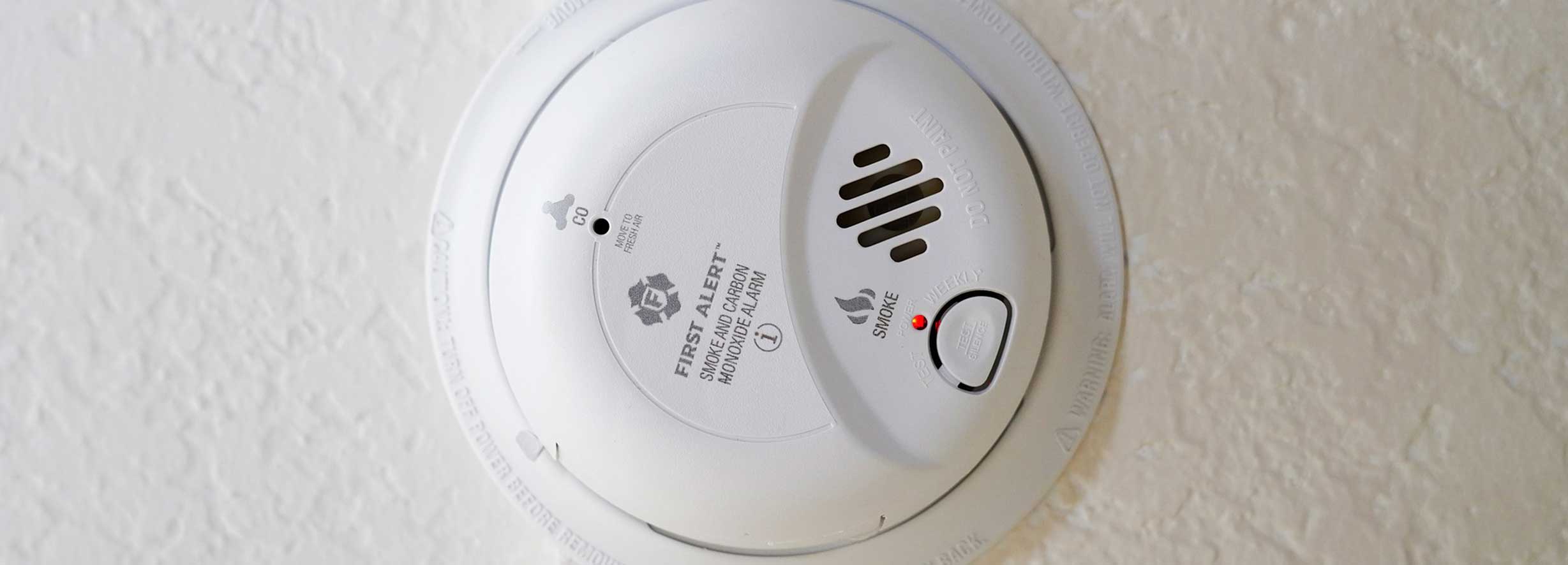
How to Detect a Carbon Monoxide Issue
How do you detect a carbon monoxide issue in your home?
Carbon monoxide (CO) is a highly poisonous gas that can be fatal if inhaled in large amounts. You can’t see or smell carbon monoxide gas, which makes it even more dangerous. It can infiltrate your home without you ever knowing until symptoms strike. Carbon monoxide can come from a number of sources within the home, such as furnace systems, chimneys, gas ranges and wood-burning stoves. The first symptoms of carbon monoxide poisoning include chest tightness or shortness of breath, nausea, confusion, headaches and/or dizziness.
How can I prevent carbon monoxide poisoning?
A carbon monoxide detector is a must for any home and just as important as a smoke detector. CO detectors should be placed near all bedrooms; they’re the only way you will know if carbon monoxide is affecting the air quality in your home, and can help prevent serious illness and even death. Follow all the manufacturer’s directions, including how often the unit needs replacing, and always make sure there’s a UL (Underwriters Laboratories) certification tag on the model you buy.
According to the U.S. Environmental Protection Agency, using a carbon monoxide detector is only a part of effective prevention. To reduce the risk of carbon monoxide in your home, follow these tips:
- Always open the flue when using a fireplace.
- Never leave your car turned on in the garage. For example, if you warm it up before driving in the winter, do it outside.
- Be cautious using wood-burning stoves: Make sure they are certified by the U.S. Environmental Protection Agency, and that the doors close tightly.
- Use appropriate fuel in kerosene heaters.
- Have your furnace and entire heating system inspected and cleaned each year by a professional.
https://uihc.org/health-library/carbon-monoxide
https://www.everydayhealth.com/healthy-home/indoor-air-quality/carbon-monoxide-basics.aspx
https://www.epa.gov/indoor-air-quality-iaq/what-about-carbon-monoxide-detectors
